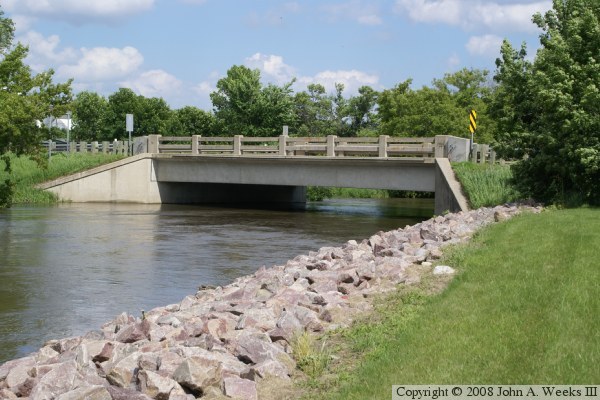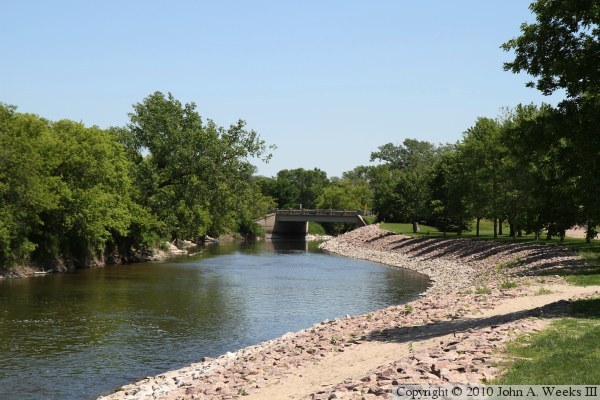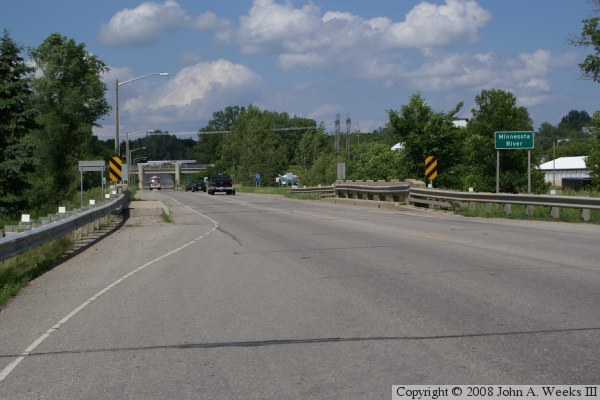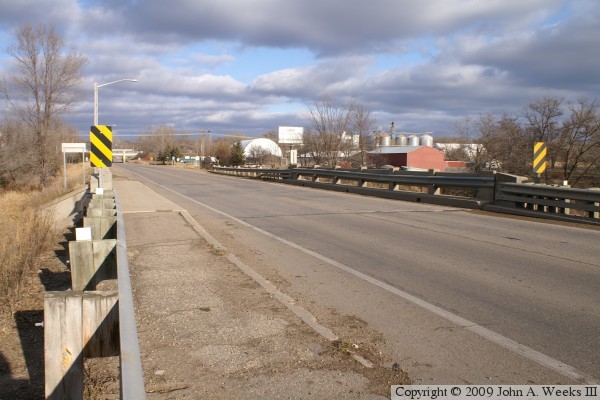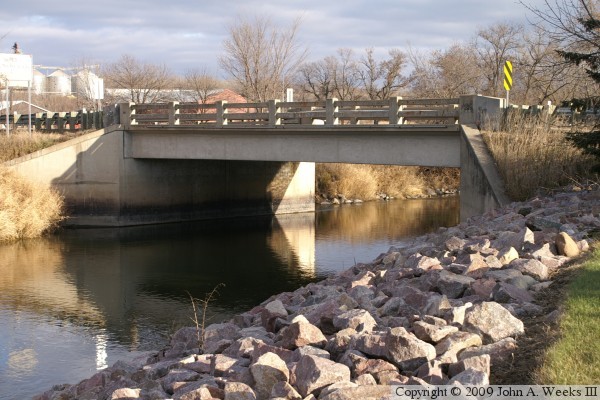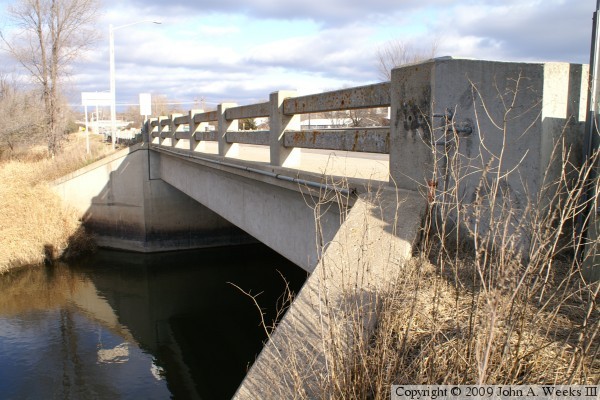Early in the car era, business promoters named US-12 as the Yellowstone Trail to help promote travel to Yellowstone Park over US-12. That name became official in several western states. Ironically, the route of US-12 was extended west and, as a result, it was moved away from Yellowstone Park. US-212 now serves the northern entrance to the park. Even more ironic, US-12 became nationally recognized as the Yellowstone Trail, complete with yellow and black highway markers to mark the route much like the Great River Road has its own green and white signs.
After WWII, the existing US-12 bridge at Ortonville, a concrete rainbow arch bridge, was found to be too narrow for modern vehicles, which had become larger, wider, and much heavier in the late 1940s and 1950s. As a result, a new alignment for US-12 was designed and built through Ortonville, MN, and Big Stone City, SD. That new route included the current bridge over the Minnesota River. Since this was a new alignment, the old bridge was thankfully left in place.
The 1953 structure is a very generic concrete bridge from the era. It would have been built very quickly. First, piles would be driven, and the abutments would be built supported by those pilings. The roadway would be backfilled to the abutments. Next, concrete beams would be placed across the span. Temporary wood forms would be built between beams, and the roadway would be poured. To finish off the project, a concrete guardrail would be installed.
Those concrete guardrails are inadequate for today's traffic. MN-DOT has attempted to mitigate the problem buy attaching the very ugly metal guardrails. While this is a stop-gap at best, it only has to work for a few more years. MN-DOT has announced that this bridge will be removed and replaced in 2012.
The photo above is a profile view of the bridge from a vantage point on the south shore of the river just upstream of US-12.

